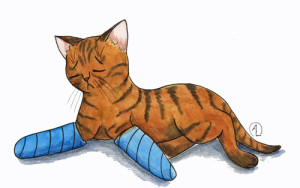
For those of you unaware of what declawing kittens means, you should know it is more than just a cat nail care procedure.
It is an extreme surgery that is often done to solve a convenience issue for humans.
It is not the aim of this article to vilify those who choose this for their kittens and cats. We understand that even with this choice, people love their pets dearly.
We also know that there can be extenuating circumstances for this procedure, such as an alternative to euthanasia.
Many veterinarians downplay the consequences and complications, and kitten owners are completely unprepared to see their kittens’ arms bandaged up and doped on high amounts of painkillers.
Make sure you have all the information you need ahead of time, before your vet tries to “sell you” on declawing your kitten.
Declawing Kittens: Surgery Details
Many first-time cat owners don’t know what to expect when they bring their new kitten to their home for the first time.
Most of these first-timers have the best intentions, and when they realize that cats scratching furniture is part of kittens’ behavior, they just want to fix the problem.
Some of these owners, however, thinking that kittens cannot be trained or not wanting to invest the time to do so will consider declawing their kitten.
What they may not know (since many unethical veterinarians won’t go into detail about the declawing process)is while their kitten is under sedation, the vet performs the declaw surgery by cutting off each toe at the first joint with a scalpel.
UPDATE: We have conducted further research into advances in declaw surgery, and laser declawing is much more commonly done than scalpel. The jury is out on whether this is a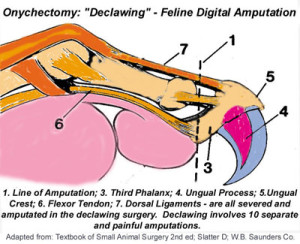 ny less painful, however, and the long-term effects of declawing still remain, regardless of the method.
ny less painful, however, and the long-term effects of declawing still remain, regardless of the method.
What to Expect Post-Surgery
The healing process after declawing kittens is a long and painful one, and declaw complications can include infection, hemorrhage, damage to the radial nerve, bone chips that prevent healing, or even painful regrowth of nail tissue inside the pad that goes undetected.
If abscessing results, it can mean a second surgery to remove even more bone and connective tissue on the affected toe.
And don’t forget, the declawed cat still needs to walk and jump on his injury, and he has to use his litter box!
If you are caring for a recently declawed kitten, do NOT use gravel litter that can get embedded into his fresh wounds.
Find a brand like Yesterday’s News, a litter made from recycled newspapers re-purposed into pellets.
After the procedure, even if the operation was a “success” and the healing process is over, the declawed cat is not out of the woods yet…
Long Term Consequences of Declawing Kittens and Cats
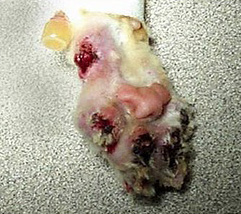 Cats do not walk on the pads of their feet, they are digitigrade, which means they walk on their toes.
Cats do not walk on the pads of their feet, they are digitigrade, which means they walk on their toes.
Their back, joints, muscles, and ligaments are all balanced and designed for cats and kittens to walk, run, jump and climb.
After declawing kittens, their feet are forced to meet the ground at an unnatural angle, causing back and joint problems throughout their lives.
Kittens’ toes and claws are the only way a cat is able to stretch and tone their back and shoulder muscles, since they use their claws as isometric resistance tools to stretch their legs.
Behavioral Changes After a Cat Declaw Surgery
Some cats are unable to handle the severe changes that declawing creates, and they change their friendly and confident personality into one that is nervous, fearful, or even aggressive.
Some cats will resort to biting without having their claws for defense. The lack of having their claws for defense puts a declawed cat in a constant state of distress, which makes them more susceptible to disease.
Cats and kittens also use their claws for scent marking, and an owner may notice that after declawing, he starts scent marking with his urine instead.
A declawed cat may also find using the litter box so painful, she will refuse to use one again.
These unacceptable behaviors often lead owners to surrender their cats to shelters, which often will ultimately end in euthanasia.
It is no surprise that most European countries, New Zealand and Australia along with many others ban this procedure except in rare cases of medical necessity.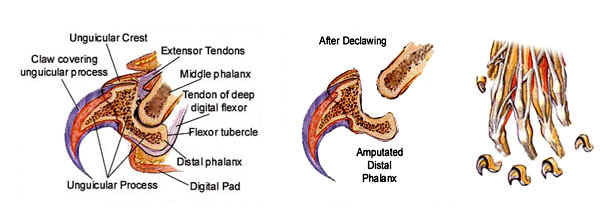
Declaw Surgery Alternatives
Now for the good news! There are several very effective alternatives to declawing kittens.
Investing the time to train your kitten not to scratch furniture is the first step.
To do this, you must have several scratching posts available near his favorite scratching spots.
It is good to experiment with different styles of posts. Larger cats often need a good, tall post to really stretch on. Some prefer horizontal posts or scratching boards on the floor.
Also provide a variety of textures–you will find that your cat may like alternating from his sisal-wrapped cat scratching tree, to carpet-wrapped varieties, and even inexpensive corrugated cardboard.
It’s good to invest in as many posts or scratchers as your home can handle to protect your furniture.
When he goes for the favored sofa, simply pick him up and place him on one of them.
Yes, it takes consistency, time, and diligence when dealing with cats scratching furniture, but that is the level of responsibility required to enjoy the company of an intelligent pet.
It is also important to maintain a consistent cat nail care routine. Trimming the tips of each nail on the front paws every two weeks or so will keep them blunted, and will prevent human injuries and painful kitten nail snags as he races across your carpet!
Another alternative to declawing kittens that has recently been developed are plastic, non-toxic cat nail caps called “Soft Paws” which adhere to each nail and last for weeks with no discomfort caused to your cat.
Think of all these effective and relatively inexpensive solutions to your cat’s scratching problems! All for a fraction of the cost of declawing kittens.
We hope that this article has convinced you against declawing kittens or cat. Some of you still will say most cats do fine after this surgery, and in most cases there are no further complications.
But think of it this way: If only one of these declawing consequences affects only one kitten in 100, is it still worth it?


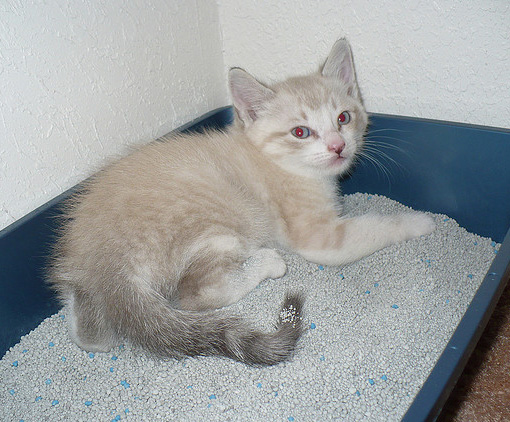
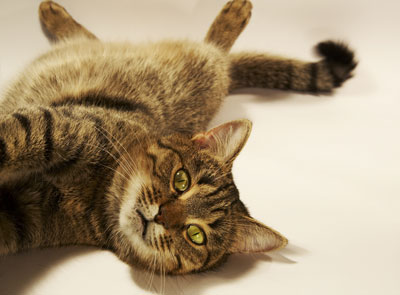
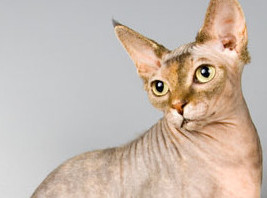

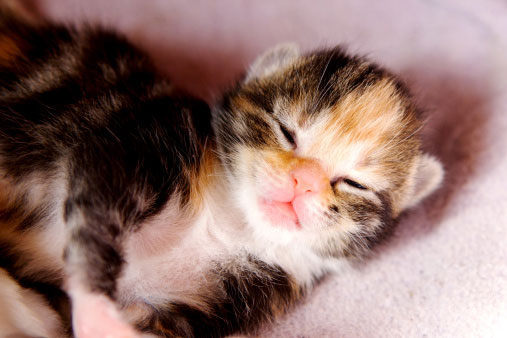

I will be so glad for cats and kittens when the USA gets its head out of its butt and also bans this mutilation. It has no medical benefit for the cat(except in cases where cats with extra toes may need the surgery, but the rest of the claws will remain intact). I have never had a declawed cat, and never will. I’ve talked people out of doing this to their pets, telling them what really is involved.They were horrified when told the truth.
I also would like to see the end of tail docking, ear cropping, and debarking of dogs. Unnecessary and no benefit to them.
Some people just don’t understand,if people that declaw kittens understood the pain that the kittens went through,they most likely would stop.